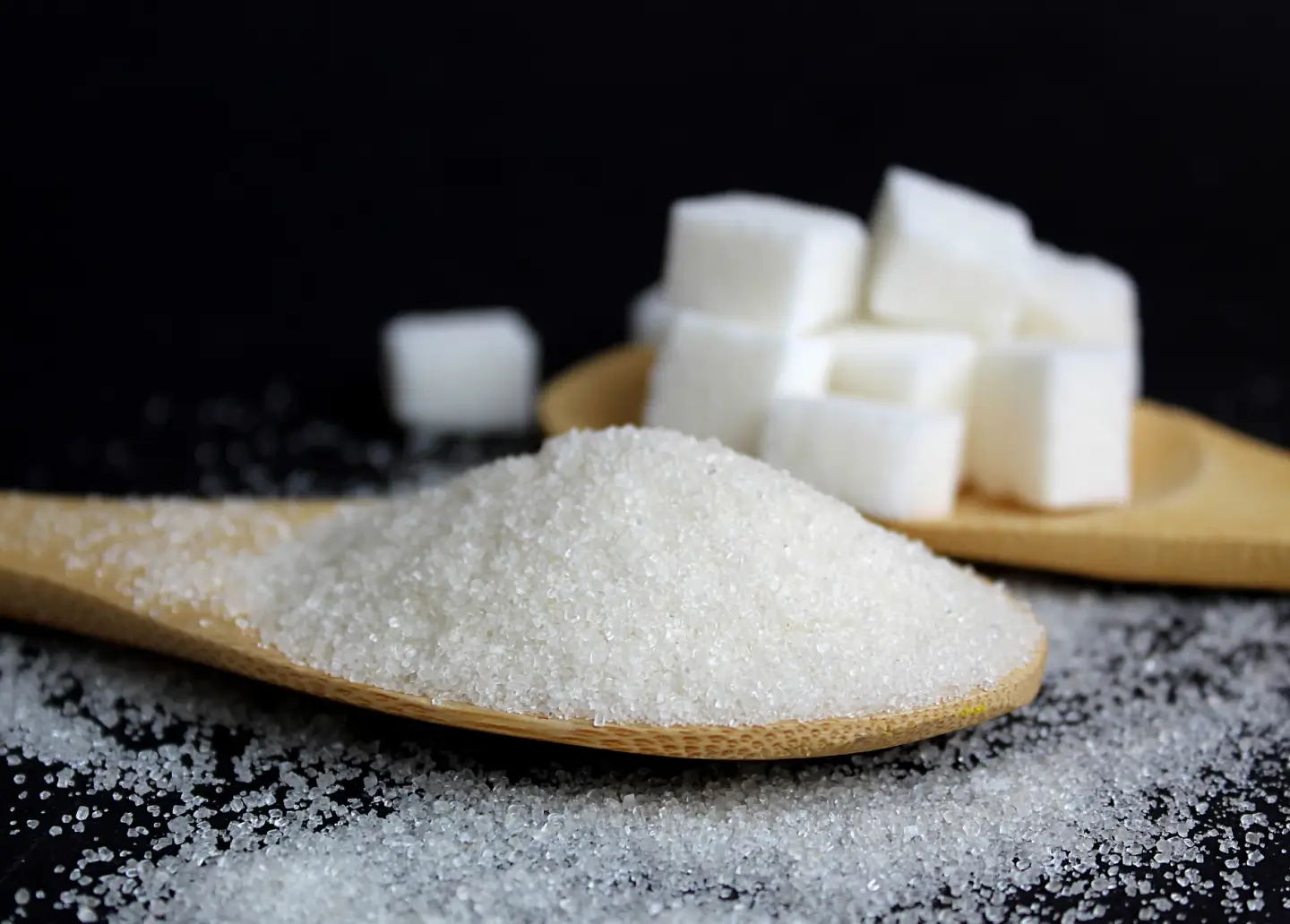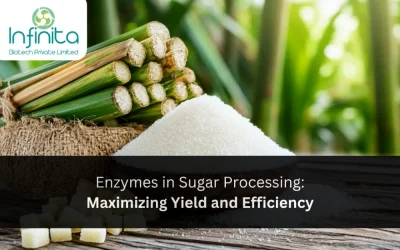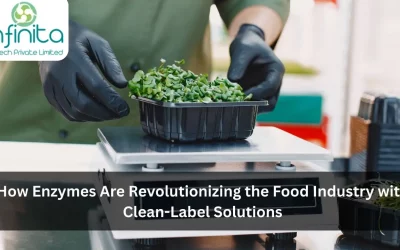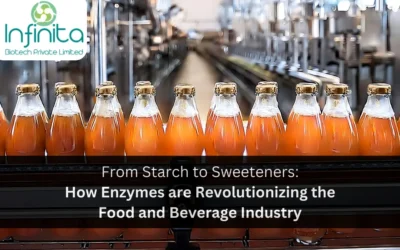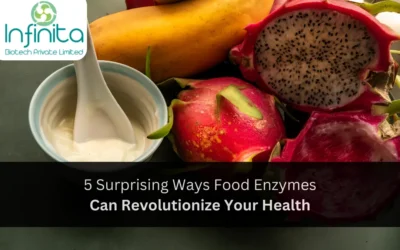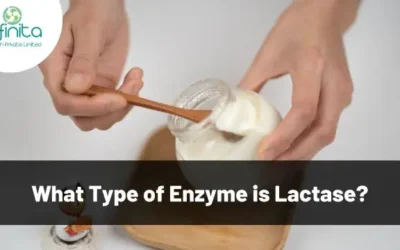What Is Isomerase Enzyme?
The enzyme isomerase is a general class of enzymes that can change a molecule from one isomer to others. They typically make intramolecular rearrangements easier. Intramolecular rearrangements are where bonds are broken and formed. The usual form of this reaction is:
A-B→ B-A
There is a singular substrate which also produces just one product. Even though the product and the substrate have the same molecular formula, they have different bond connectivity and spatial arrangement. The isomerases are known to catalyse many different biological reactions. Glycolysis and carbohydrate metabolism are a couple of examples for the same.
The Process Of Isomerization:
The isomerases function by catalysing changes within just one molecule. Since they change one isomer to another, the end product has the same molecular formula but an alternate physical structure. Even though there are many different existing varieties of isomers they can be classified into two different groups-structural isomers and stereoisomers. In structural isomers, the bonds are ordered differently or they differ in their bond connectivity from one other. Structural isomers can be catalysed by intramolecular lyases, oxidoreductases and transferases. On the other hand, stereoisomers have the same order of individual bonds and even the same connectivity but there is a difference in three-dimensional arrangement of the bonds. The stereoisomers are catalysed using racemases, epimerases and cis-trans isomers.
Classification Of Isomerases:
Enzyme catalysed reactions are known to have their own unique classification number. The enzyme classification category for isomerase-catalysed reactions is EC 5. The isomerase can then be further categorised into six sub-classes:
1. Racemases/Epimerases:
The racemases and epimerases function by inverting stereochemistry at the target chiral carbon. While racemases act on molecules with one chiral carbon, the epimerases act on molecules with multiple chiral carbons but act only one of them. This category is then further broken down depending on what the enzyme acts upon, for example, action on amino acids or carbohydrates.
2. Cis-trans Isomerases:
This class is for the isomerases that catalyse the isomerization of the cis-trans isomers. Certain alkenes and cycloalkanes could have cis-trans stereoisomers. These isomers are distinguished through the positioning of the substituent groups relative to that of the plane of reference instead of absolute configuration. The difference between cis-trans isomers is that cis isomers have their substituent groups on the same side while the trans isomers have their groups on opposite sides. This class is not broken down further into sub-classes.
3. Intramolecular Oxidoreductase:
These isomerases function by catalysing the transfer of electrons from one molecule to the other. Simply put, they catalyse the reaction that oxidises one part of the molecule while reducing the other part. Depending on their processes intramolecular oxidoreductases can be divided into further sib-classes.
4. Intramolecular Transferases:
Intramolecular transferases (mutases) are used to catalyse the movement of functional groups from one part of the molecule to another. The intramolecular transferases can be sub-classified down depending on which functional group the enzyme moves.
5. Intramolecular Lyases:
Intramolecular lyases function in reactions where a group is considered to be removed from one part of the molecule that forms a double bond while still being covalently attached to the molecule. Some of the reactions catalysed by intramolecular lyases involve the breaking of the ring structure. This class cannot be further classified.
Mechanisms Of Isomerases:
1. Ring Expansion And Contraction Via Tautomers:
An example of this kind of mechanism, i.e. ring-opening and contraction of the ring is the isomerisation of glucose to fructose. The overall reaction causes the ring to form an aldose through acid/base catalysis and then subsequently forms cis-ethanol intermediate. The ring is closed after the formation of a ketose.
2. Epimerisation:
A classic example of epimerization is the Calvin cycle when D-ribulose-5-phosphate is converted into D-xylulose-5-phosphate by ribulose-phosphate3-epimerase. The difference between the substrate and the product is in the stereochemistry at the third carbon in the chain. The process involves the deprotonation of the third carbon to make a reactive enolate intermediate.
3. Intramolecular Transfer:
An example of an intramolecular transferase is chorismate mutase. Chorismate mutase catalyses the change of chorismate to prephenate. The latter is used as a precursor for L-tyrosine and L-phenylalanine in some plants and bacteria. This reaction is a Claisen modification that can continue with or without the isomerase, however, the rate increments 10 6 fold due to the chorismate mutase. The process experiences a chair transition state with the substrate in a trans-diaxial position.
4. Intramolecular Oxidoreduction:
A good example of this reaction mechanism is the activity of Isopentenyl diphosphate delta isomerase type I (aka IPP isomerase) in the synthesis of cholesterol. It typically catalyzes the conversion of isopentenyl diphosphate (IPP) to dimethylallyl diphosphate (DMAPP). In this isomerization process, a steady carbon-carbon double bond is repositioned to make a profoundly electrophilic allylic isomer. IPP isomerase catalyzes this process by the stereoselective antarafacial transposition of a solitary proton.
The Role That Isomerases Play In Human Diseases:
Isomerase enzyme has a major role in human diseases. Lack of this biocatalyst can be the cause of many diseases in people. Both of the following diseases are very rare.
1. Phosphohexose Isomerase Deficiency (PHI):
It is also known as the glucose-6-phosphate isomerase deficiency or the phosphoglucose isomerase deficiency. It is a hereditary enzyme deficiency. PHI is the second most frequent erthoenzyopathy in glycolysis other than pyruvate kinase deficiency and is related with the non-spherocytic haemolytic anaemia of variable seriousness. This infection is fixated on the glucose-6-phosphate protein. This protein can be found in the discharge of some cancer cells. PHI is the aftereffect of a dimeric enzyme that catalyzes the reversible interconversion of fructose-6-phosphate and glucose-6-phosphate. The insufficiency of phosphohexose isomerase can result in a condition alluded to as a hemolytic disorder. In humans, the hemolytic syndrome, which is described by a lessened erythrocyte number, lower hematocrit, lower haemoglobin, higher number of reticulocytes and plasma bilirubin concentration, and higher liver-and spleen-somatic indices, was solely showed in homozygous mutants.
2. Triosephosphate Isomerase Deficiency:
The illness alluded to as triosephosphate isomerase inadequacy (TPI), is an extreme autosomal recessive acquired multisystem issue of glycolytic digestion. It is described by hemolytic anaemia and neurodegeneration and is brought about by anaerobic metabolic dysfunction. This dysfunction is caused by a missense mutation that influences the encoded TPI protein. The most widely recognized mutation is the substitution of gene, Glu104Asp, which creates the most serious phenotype, and is answerable for around 80% of clinical TPI deficiency.TPI insufficiency. TPI has a 25% reoccurrence chance due to heterozygous parents. It is a congenital disease that regularly happens with hemolytic anaemia and shows with jaundice.
Industrial Applications:
1. Sugar Manufacturing:
The most widely recognized utilization of isomerases in industrial applications is in sugar manufacturing. Glucose isomerase (otherwise called xylose isomerase) catalyzes the transformation of D-xylose and D-glucose to D-xylulose and D-fructose. Similar to most sugar isomerases, glucose isomerase catalyzes the interconversion of aldoses and ketoses.
2. High-Fructose Corn Syrup:
The transformation of glucose to fructose is a key segment in the production of high-fructose corn syrup. Isomerization is more particular than older chemical methods for fructose creation and hence result in a better yield of fructose without any side products. The fructose that is produced from this isomerization process is cleaner with no lingering flavours from contaminants. High-fructose corn syrup is favoured by numerous confectioneries and soft drink producers due to the higher sweetening power of fructose compared to sucrose (twice that of sucrose), it’s moderately decreased price and it’s the inability to crystallise. Fructose is likewise utilized as a sweetener by diabetics.
3. Production Of Ethanol:
The isomerization of xylose to xylulose has its own business applications as researchers are becoming more interested in for biofuels. This process is typically observed in microscopic organisms that feed on rotting plant matter. Its most regular industrial use is in the generation of ethanol, accomplished by the fermentation of xylulose. The utilization of hemicellulose as source material is exceptionally normal. Hemicellulose contains xylan, which itself is made out of xylose in β(1,4) linkages. The utilization of glucose isomerase effectively changes xylose to xylulose, which would then be able to be acted upon by fermenting yeast. This concludes the guide on isomerase enzymes. As you can see it is a very important enzyme in many different biological reactions. Its deficiency can lead to diseases in humans albeit they are rare diseases with less than fifty diseases observed in the literature. Isomerase enzyme also have various industrial applications- most notable the manufacturing of sugar.
